The present book, a collection of ten articles, deals with the vicissitudes of sectarian confrontations in South India, particularly Tamilnadu, mainly with the factions of Hinduism during the medieval period (c. A.D. 500-1600). Down to A.D. 550 Buddhism and Jainism dominated the helm of affairs in the South. The Alvars and Nayanmar, heralds of a renaissance in religious matters, systematically propagated the cults of Visnu and Siva. The Bhagavata movement of the North was the root of this neo-scenario. By about A.D. 700 the march of heterodoxical sects was checked. The bhakti-based sects, having set their foot strongly, started abusing mutually in an effort to muster mass following. The disputes were mostly in the form of philosophical arguments, barring exceptional cases of violent clashes. Definitely there was no armed belligerency as it took place in the West (e.g., the Crusades and 100 Years War). Nor did they follow the jehads of Arab-Turkish iconoclasts who destroyed temples and erected minars. The Saiva-Vaisnava joined by Sakta and others, clashes were of the cold war type and had a tremendous impact on the iconographical developments of the medieval period. The grim effects of sectarianism may be discerned in the plastic and pictoral arts of which a number of samples are enumerated and illustrated. These are backed by the literature of the age, especially the hagilogical works and hymns of the bhakti savants. A Group of eight authors under inspiration of the editor have taken the commendable effort to delve deep into the problem. This is a norm-setting area in art historical research.
Samapti-Suprabhatam: Reflections on South Indian Bhakti Tradition in Literature and Art
The book is in two parts ...
$175.50
$195.00

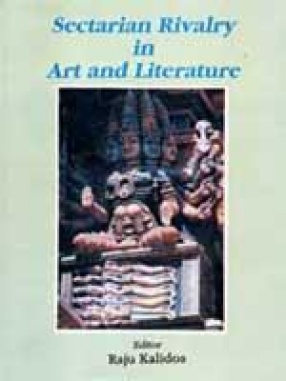
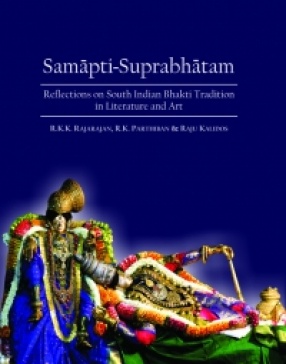
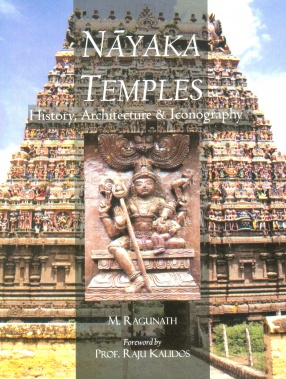

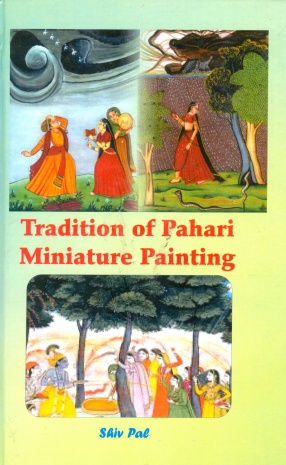
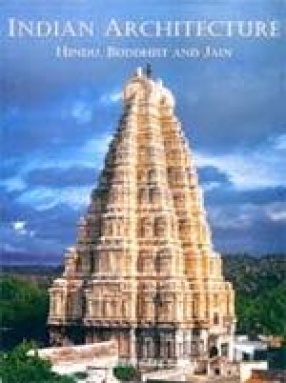
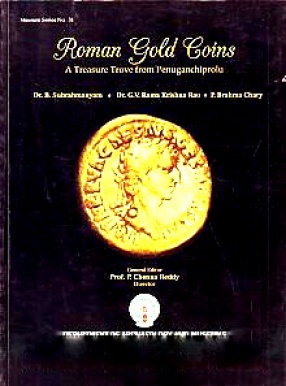
There are no reviews yet.